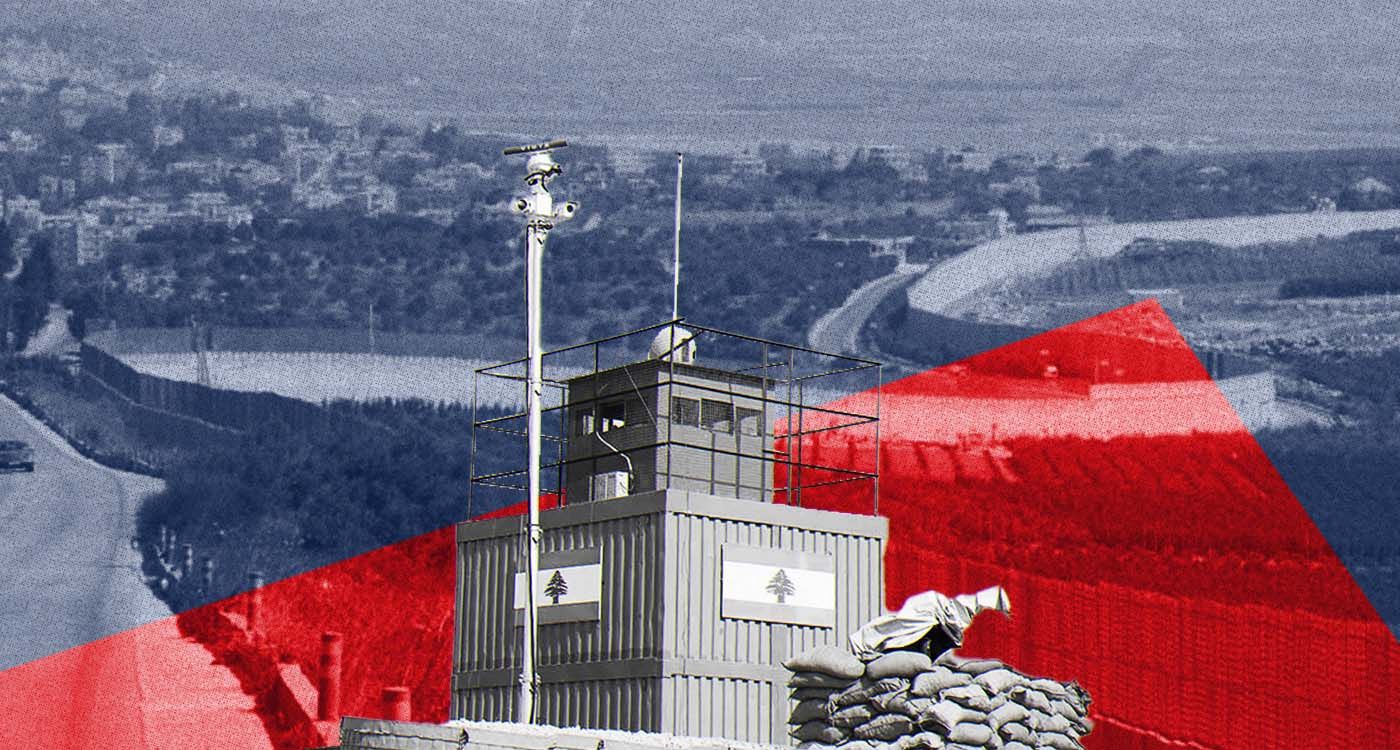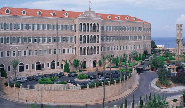
A renewed proposal to build surveillance towers along Lebanon’s southern border with Israel is back on the table—ambitious in scope, but hindered by political and security complications.
Originally floated by the British government in 2024, the plan was presented twice to Lebanese authorities amid intense negotiations around the ceasefire agreement reached on November 27 of that year. Beirut responded cautiously, wary of the broader dynamics unleashed by the October 7, 2023, war which was triggered by Hamas' offensive on Israel and followed by Hezbollah's entry under the banner of “unifying the fronts.” From the start, the proposal raised more than technical questions, and it still does.
Last weekend, British Foreign Secretary David Lammy revived the initiative during a visit to Beirut, citing the need to strengthen surveillance along the demarcation line and support the Lebanese Armed Forces (LAF) in reasserting state sovereignty in a contested zone.
A Model from the North
To understand the full scope of the proposal, it’s worth looking north and northeast, where the UK and the US implemented a similar project more than a decade ago. Beginning in 2012, approximately 80 observation posts—76, according to some experts—were installed along the 375-kilometer Lebanese-Syrian border, from Arida to Rachaya.
Grouped under four specialized border regiments, the towers were built atop strategic hilltops overlooking key transit zones historically associated with smuggling of weapons, drugs, people and goods.
According to a senior security source speaking to This is Beirut, the system is part of an integrated surveillance network developed at the LAF’s request, with British and American logistical and technical support. Each tower is designed to be autonomous, non-intrusive and fully under Lebanese control—equipped with thermal cameras, motion sensors and, in some cases, encrypted communications. “No foreign personnel have access. All data is transmitted directly to Lebanon’s Ministry of Defense,” the source confirmed.
Each tower is manned by a team of about 30 soldiers and is connected to a central operations room that enables 24/7 monitoring. While gaps remain, they are filled by regular patrols. “These are not foreign surveillance tools or instruments of interference,” the source emphasized. “They exist solely to help the LAF monitor and secure Lebanese territory.”
A More Complex Landscape in the South
However, applying this model to the southern border is far more complicated. Multiple military experts told This is Beirut that the situation along the Israeli border is fundamentally different. While the threats in the north are primarily from cross-border armed groups and smuggling, the south is “a geopolitical powder keg,” dominated by Hezbollah’s entrenched military presence and recurrent Israeli violations of Lebanese sovereignty.
This dual reality makes implementation difficult. “It’s highly unlikely that Israel would agree to a system that Hezbollah might have access to,” said one expert. Hezbollah, for its part, is equally skeptical and views any Western-backed monitoring effort as a Trojan horse for intelligence gathering on behalf of Tel Aviv.
An intelligence specialist categorically rejected those suspicions: “Technically, these towers cannot transmit data to any party other than the Lebanese command. No targeted strike or real-time military action can occur without human presence or on-ground intelligence. No matter how advanced, these technologies don’t operate autonomously.”
According to the source, American experts are expected in Beirut by the end of August to assess border security and evaluate the feasibility of installing observation posts.
The Surveillance Race Has Already Begun
Notably, surveillance towers already exist along Lebanon’s southern border. For years, Hezbollah has set up its own network of towers. Rudimentary, often hidden, but sometimes bearing Hezbollah’s flag, these towers have been largely destroyed by Israeli airstrikes since hostilities erupted in October 2023.
This battle over border monitoring—military, political and technological—underscores the British proposal’s significance. “It could help reestablish a measure of state control in an area marked by contested sovereignty,” a Lebanese security source said.
Local media emphasize that the top priority remains “full enforcement of the ceasefire, cessation of Israeli violations and withdrawal from the five remaining occupied Lebanese sites.”
Simply put: no surveillance without sovereignty. And where sovereignty prevails, the state must also hold the exclusive right to bear arms—a goal Lebanon has yet to achieve.




Comments